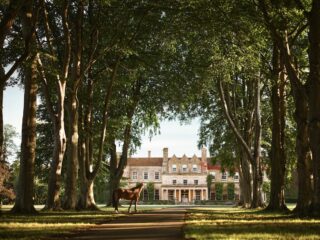This website uses cookies so that we can provide you with the best user experience possible. Cookie information is stored in your browser and performs functions such as recognising you when you return to our website and helping our team to understand which sections of the website you find most interesting and useful.
European Detour: Germany
By Gabriel Power | 13 March 2021 | Culture, Food & Drink, Travel
Five exclusive destinations for those looking to go against the grain and avoid the crowds
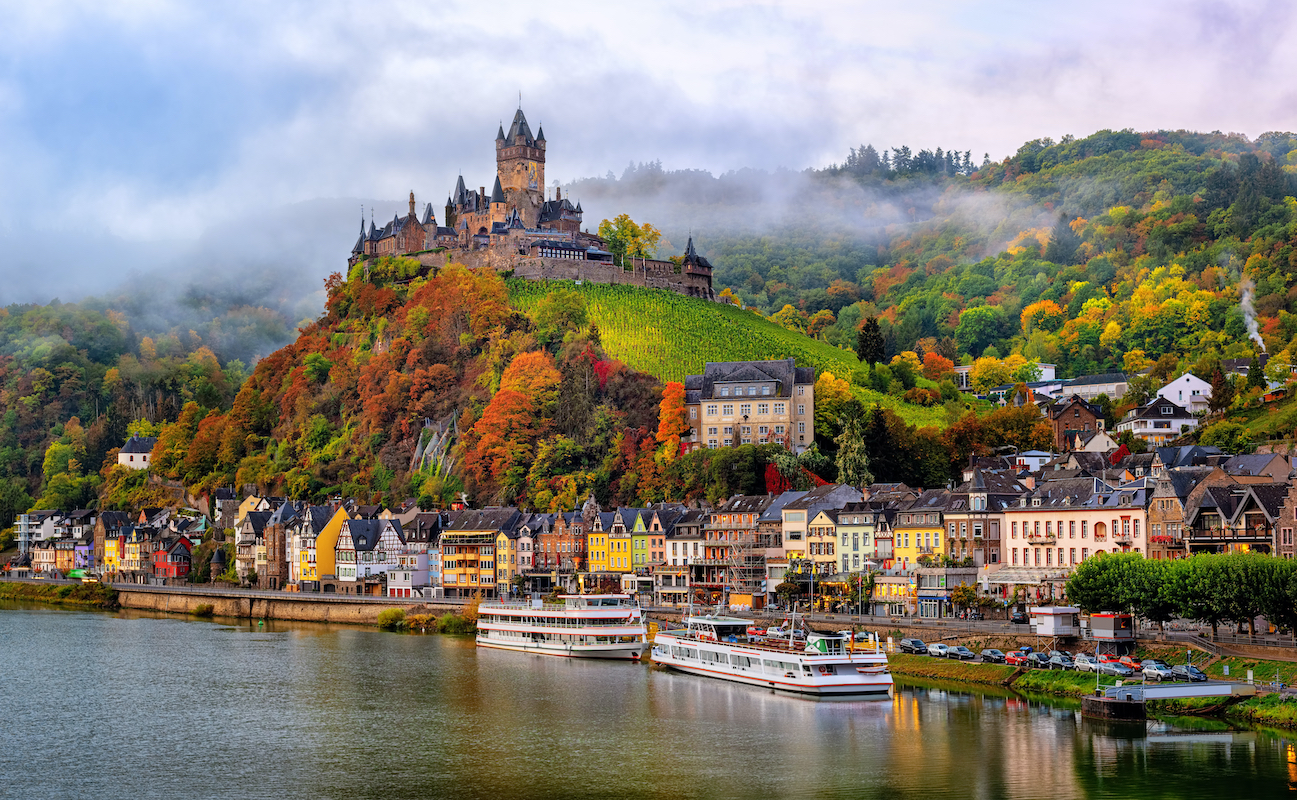
With international travel now a very real possibiliy in 2021 after a lengthy delay, holidaymakers are already gearing up to take to the European mainland for the post-pandemic trip of a lifetime. But if the glitz and glam of the continent's iconic cities or the chaos of its tourist-thronged beaches is a somewhat offputting prospect for you, why not explore some of the lesser-known corners of Europe away from the crowds? In our brand-new online-only series European Detour, Tempus explores the most spectacular regions, cities and sights in each of the continent's most popular countries for holidaymakers. In the fourth instalment we turn to Germany, home to 2,100 castles and 1,500 styles of beer.
It is the economic powerhouse of Europe; a cultural, financial and historical epicentre of more than 80 million people right in the heart of the continent. But despite its prominence on the world stage, many see it as a less-than-stellar holiday destination – particularly compared to its sunny southern European neighbours – and it quaint charms and beautiful landscapes have long gone overlooked by holidaymakers.
And while the hubbub of Berlin and the beer-soaked madness of Oktoberfest are certainly worth checking out, Tempus is going a layer deeper into the German heartlands, bringing you five rarely visited and criminally underrated corners of this exceptionally beautiful country.
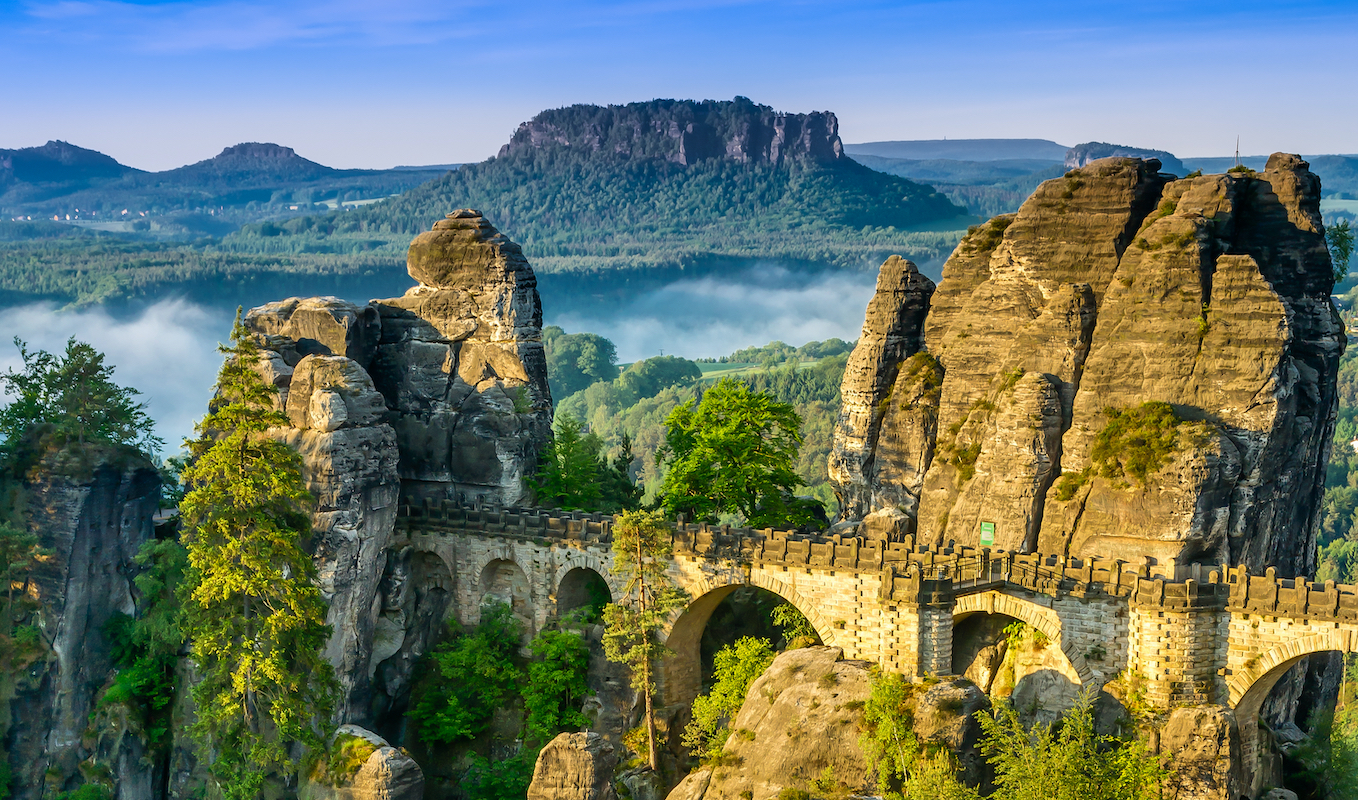
SAXONY
There are few national subdivisions on the European mainland that better exemplify the undiluted chaos that is continent's history than Saxony. Over millennia, this landlocked, shape-shifting region on what is now the German-Czech border has, at varying points, held the title of duchy, kingdom, republic, electorate of the Holy Roman Empire, constituent state of the Weimar Republic and administrative district of the Soviet vassal state of East Germany. Thus, it goes without saying that modern-day Saxony is a region that can flaunt its history like few others, with every city, town and village echoing with the remnants of a thousand years' worth of stories and legends.
Its capital Dresden, as well as its largest city is Leipzig, have risen from the ashes of unrelenting aerial bombardment in the Second World War and the crushing oppression of East Germany to become must-visit cities in which artists and alternative communities have found a welcoming home. Meanwhile in the south, powder-lovers and hikers can envelop themselves in a world of quiet, quaint ski areas and verdant rolling hills, without a fellow tourist in sight.
For a luxury hideaway in a vibrant, fascinating city, the Gewandhaus Dresden, Autograph Collection is the place to be. Set off the beaten track in the city's fractured old town, this gorgeous five-star hotel houses a range of airy, spacious rooms, a high-quality on-site restaurant and a stunning spa.
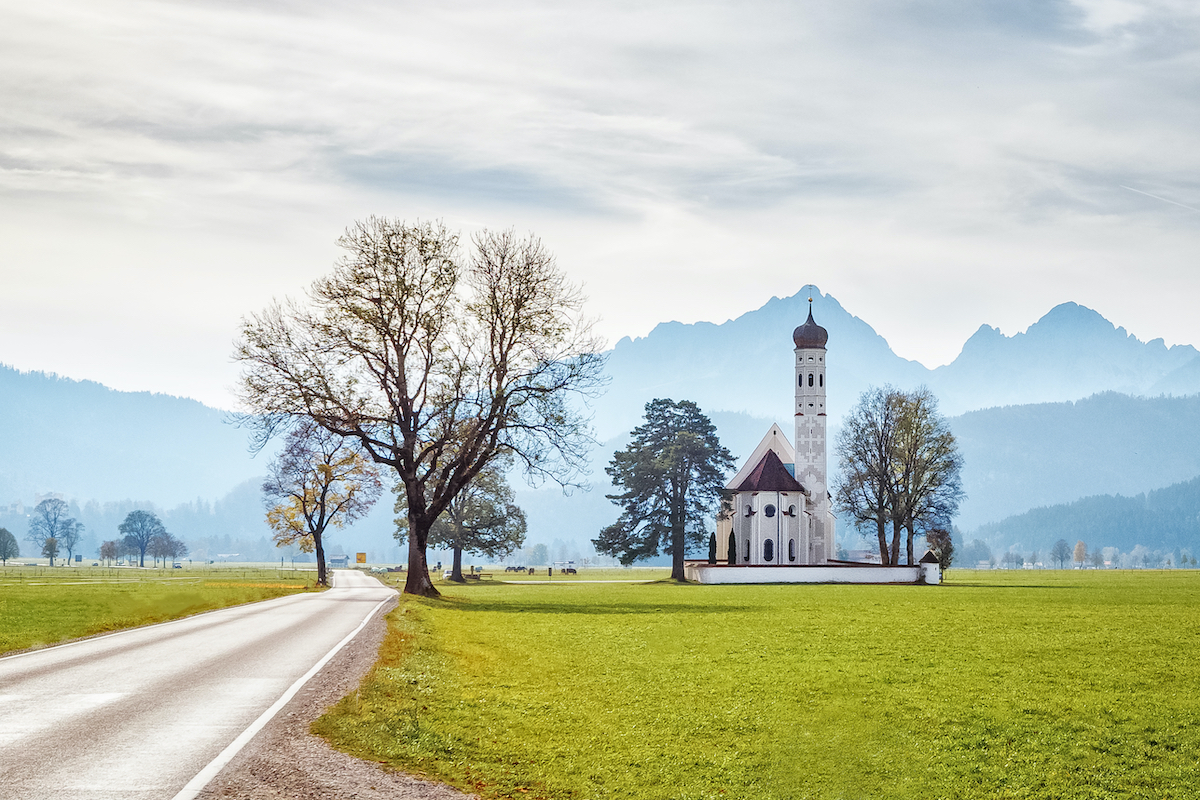
UPPER BAVARIA
We know; Upper Bavaria (or "Oberbayern") is the home of Munich and Neuschwanstein Castle, two of Germany's most well-known and popular destinations for tourists. But bear with us, because away from these two holidaying hotspots is one of Europe's most spectacular hidden corners, dominated by sweeping plains and dramatic, angular peaks.
In one day, a visitor could hypothetically spend a morning dining on sausage and freshly baked pretzels in downtown Ingolstadt, before heading to Tegernsee for a dip in its cool, fresh waters and rounding off the day with a cable car ride up to the heights of the Allgäu Alps for breathtaking views into Austria. Upper Bavaria is effectively a geological and geographical microcosm of all of Germany, hosting a vast array of landscapes that tesselate like a jigsaw across the region.
Back on the shores of the Tegernsee lies Das Tegernsee, one of Bavaria's most luxurious hotels. With tastefully decorated rooms featuring wonderful views over the lake, this is a truly indulgent base from which to enjoy the wonders of Oberbayern, housed in a wondrous art nouveau castle.
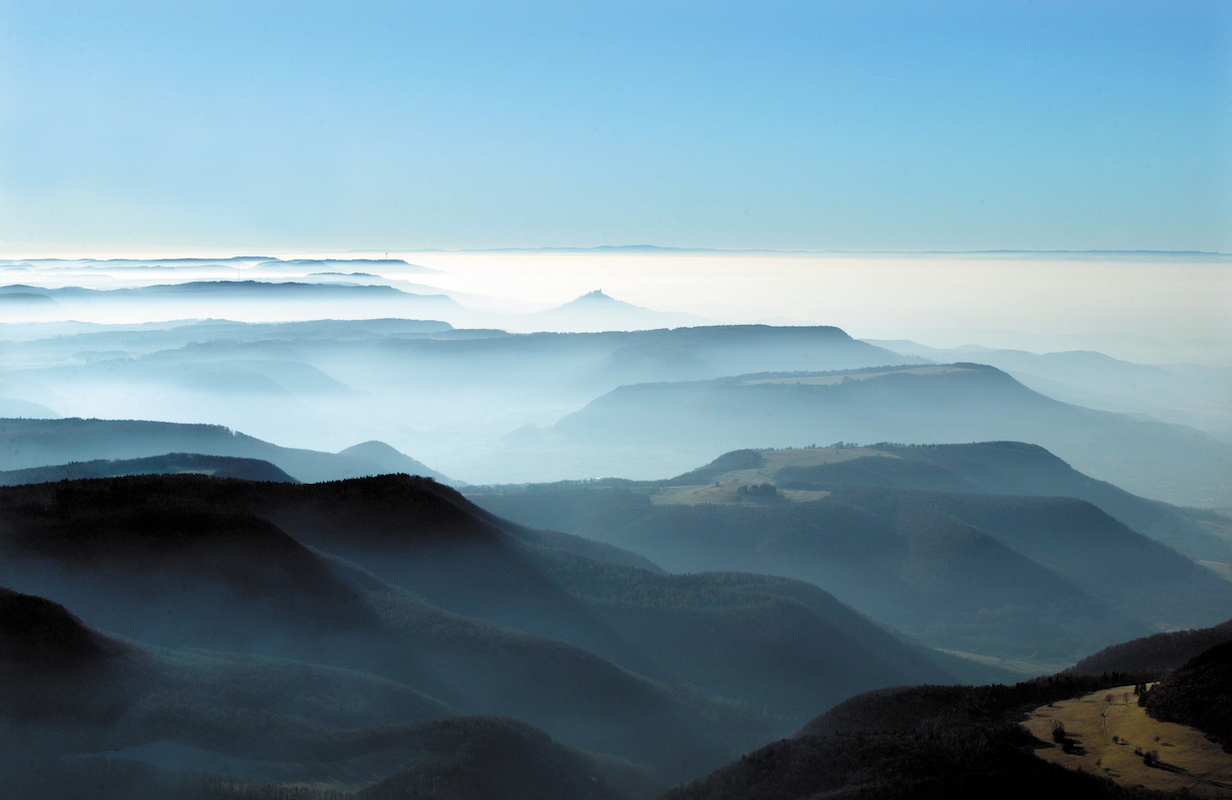
SCHWÄBISCHE ALB
The peculiar region of Schwäbische Alb – known in English as the Swabian Jura or Swabian Alps – is perhaps Germany's best-kept secret. A densely wooded corner of Baden-Württemberg not far from the Black Forest, the area is remote, covered in farmland and contains endless miles of rolling hills and low mountains that make it a haven for walking, not unlike the Appalachian Mountains of the eastern US.
Unlike Appalachia, however, is the region's remarkable cultural pedigree. While a trek through the wild mountains of the Jura is the perfect way to get reconnected with nature, in Schwäbische Alb a day in the hills can be rounded off with a night on the town in cities such as Tübingen or Ulm, the former of which is a bustling university town and the latter of which contains the world's tallest church steeple.
For luxurious accommodation in the heart of the mountains, however, Tempus recommends heading north to Burg Staufeneck, a wonderful five-star hotel perched atop a hill with gorgeous views over the town of Salach below. Here an infinity pool, beer garden, fine dining restaurant and tastefully decorated, spacious rooms await travellers in this unique, under-visited region.
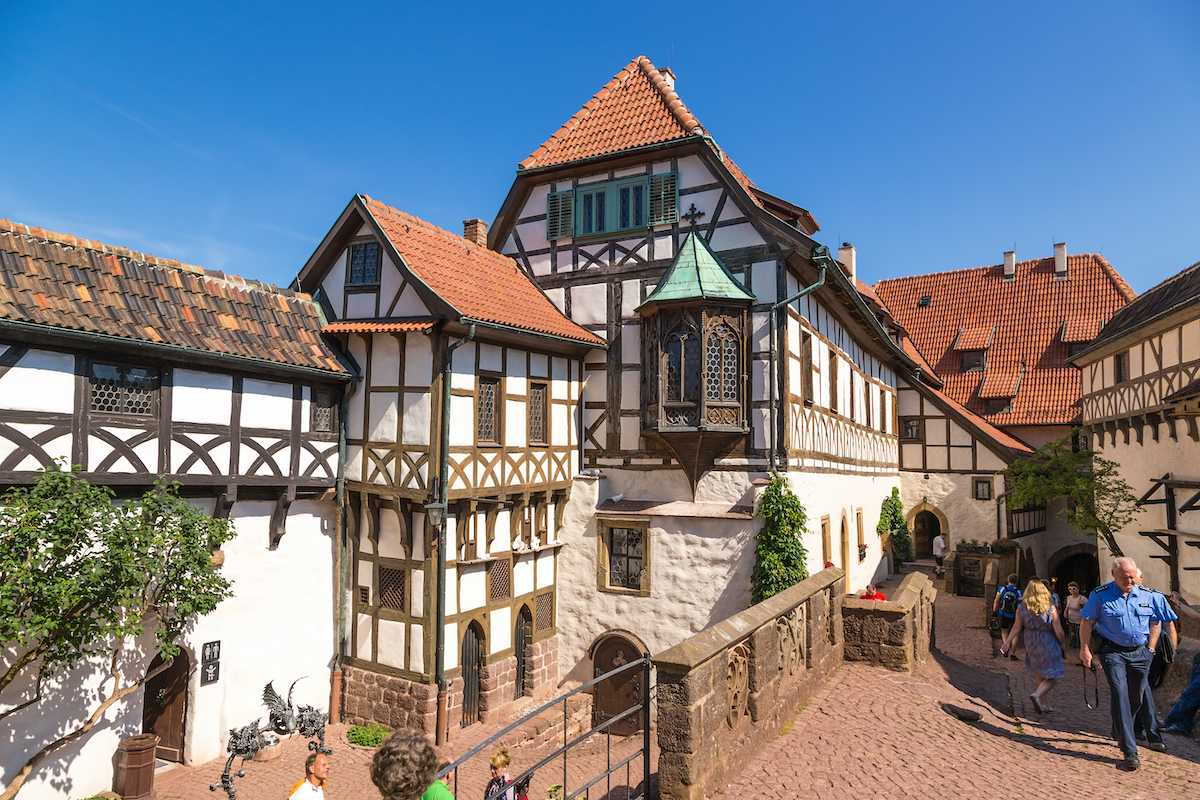
THURINGIA
One of Germany's least densely populated states, Thuringia is a wildlife lover's dream. Smack-bang in the middle of the country, it is a small bastion of mostly untouched woodland flanked on all sides by large urban population centres, and is particularly stunning in winter when its vast seas of pine trees are dusted with snow.
But Thuringia is also home to a number of small, beautiful towns that pack a serious historical punch. These include the capital Erfurt, with its towering cathedral and quaint timber houses, and the cultural powerhouse of Weimar, home of the German Enlightenment, the literary movement of Weimar Classicism and the Bauhaus school of architecture.
While a cabin in the forests of Thuringia would be the perfect way to experience the stillness of this charming region, it would be a sorely missed opportunity to overlook a stay at the Hotel Elephant Weimar, Autograph Collection. Set in a 300-year-old building that was the meeting place of the city's great thinkers and artists for centuries, this charming hotel is situated on the town square just minutes from the city's iconic palace and national theatre.
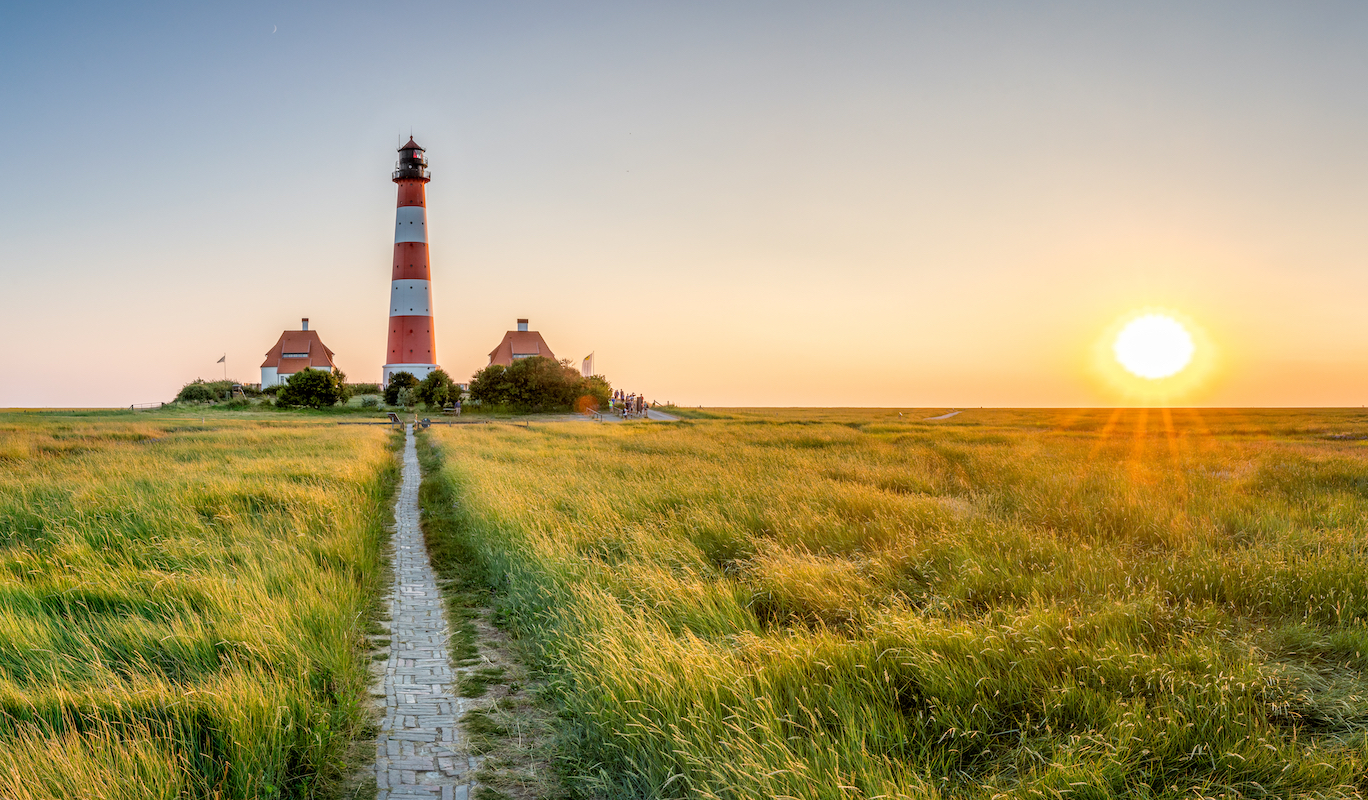
SCHLESWIG-HOLSTEIN
Once a part of Denmark, this wild, remote region the extreme north of Germany feels a world away from the industry of the Ruhr, the urban bustle of Berlin and the intimidating peaks of Bavaria. Rather, Schleswig-Holstein is more akin to the Netherlands or its Scandinavian neighbour to the north, defined by vast coastal floodplains, windswept Baltic beaches and majestic marshes stretching to the horizon.
In the summer, the region comes to life as Germans from elsewhere in the country arrive to sample its laid-back, Scandi way of life and laze on its stunning beaches which, despite being situated fairly far north, can still be subjected to warm, sunny days. The region's west coast in particular is a prime example of the benefits of an intertidal zone, where the North Sea flows into the Wadden Sea, sandwiched between the Frisian Islands and the mainland. Here, the raw power of the open ocean is nullified by tidal shallows and sandbars, allowing for crystal-clear, calm waters to wade in.
Its two main cultural centres, Lubeck and Kiel, were practically flattened during World War Two and so are not vital stopover destinations, so visitors should sail out to the island of Sylt, just miles from the Danish mainland, for a stay at the five-star Hotel Stadt Hamburg. This exceptionally pretty hotel is set in the upscale island resort of Westerland, known for its long, sandy beach that is popular with swimmers and windsurfers.





